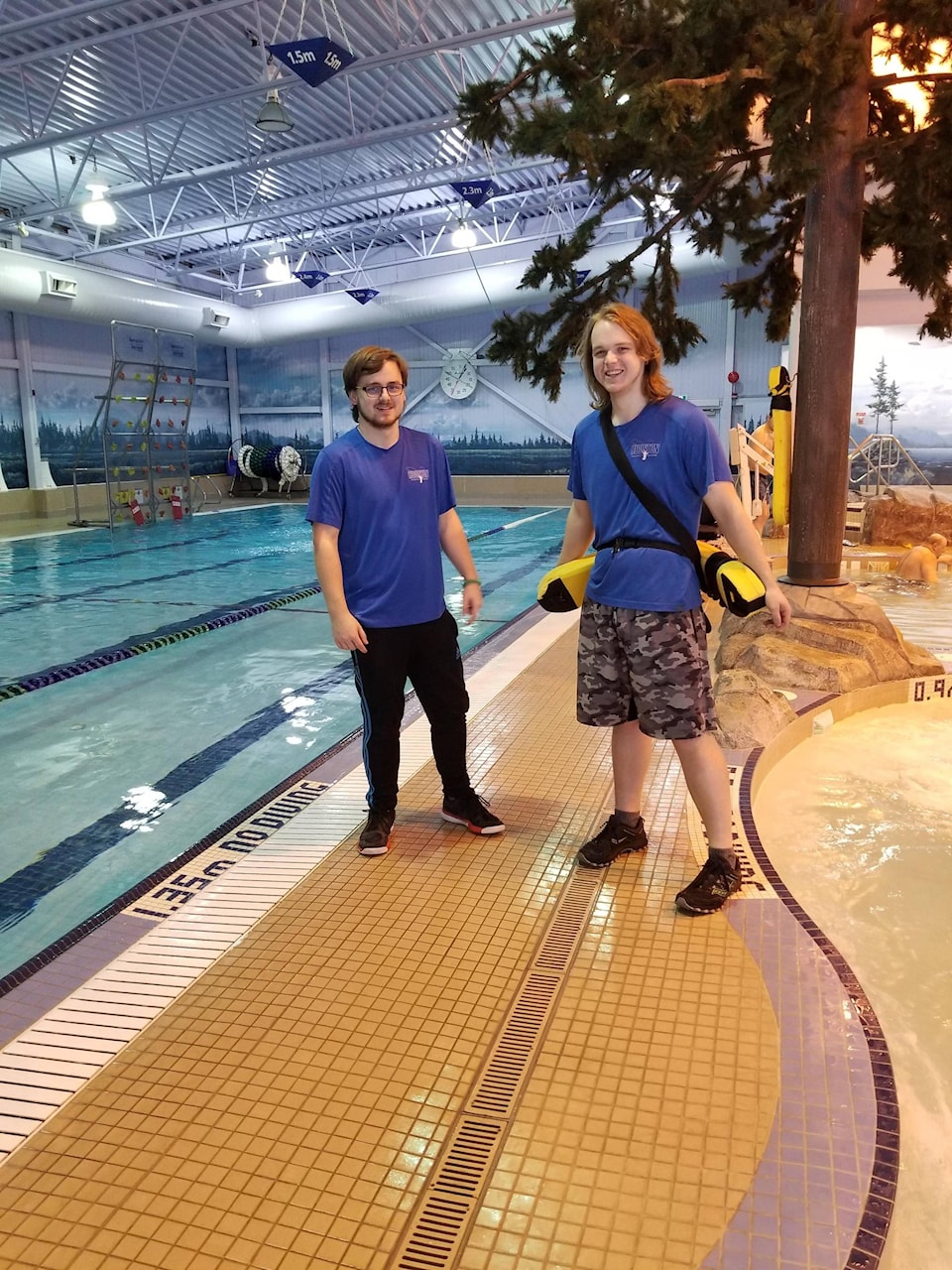District of Houston Leisures Services Director Tasha Kelly is developing a home-grown program to help ease an ongoing lifeguard shortage.
The pool here, as with other pools around the country, is being challenged in finding, training and retaining sufficient lifeguards to keep operating on a normal schedule.
The shortage has been felt here for years, says Kelly, and she credits the staffers in banding together to keep operating.
But because lifeguards are typically younger secondary school students, communities such as Houston face a specific challenge because of a relatively small youth population grouping, said Kelly.
“I always say that only 10 per cent of a graduation class may be interested in lifeguarding. When you have such small grad classes as Houston’s, you may end up with three candidates,” she said.
“The typical lifecycle of a lifeguard at our facility is two years. Students can become a lifeguard when they are 16, they work for us for two years and then usually go to post-secondary (as such, the lifecycle of a lifeguard in a bigger center eg. Prince George, is four years as the student completes university.”
This year Kelly has a $10,000 budget appropriation to develop a local training program with a focus on helping defray costs.
“It costs approximately $2,000 to become a lifeguard. That can be a large barrier to a student or family. You must be certified before being offered a job; thus, $2,000 can a large sum of money to pay without a confirmed job,” she said.
Now in its early development stages, Kelly’s program envisions paying for the required courses up front.
“Once complete, successful candidates will be employees of the District of Houston. Those candidates will have a requirement of staying employed for at least two years, an early exit will require in a repayment of the course fees pro-rated,” she said.
“Candidates will go through all of the required training. Five courses in total: Bronze Medallion, Bronze Cross, Standard First Aid, National Lifeguard and Water Safety Course. This training can take upwards of six-eight months to complete,” Kelly added.
Included requirements involve public speaking, first aid, and physical ability.
Candidates must be at least 15 years of age and there is no age limit with Kelly welcoming adults, saying they usually stay for longer than two years.
“The goal of this program is to have a full complement of staff coming up each year to meet our needs, while removing the cost barrier of certification training from the candidate. It is a good relationship building opportunity between our facility and the community,” she continued.
“I have reviewed the Smithers lifeguard development program and the Kootaneys. We are not purchasing this program from anywhere, I will be building the program from scratch in house.”
At the moment the leisure facility has eight lifeguards on staff but runs best with 10 to 15.
“The national standard for a lifeguard to achieve before attaining a job is a National Lifeguard Certification from the Lifesaving Society (three courses must be completed before taking the national lifeguard certification), Kelly said.
A minimum of two lifeguards per shift is needed, a number that could increase depending upon the number of people using the pool and programming needs.
Elsewhere in the region pool facilities in Smithers and in Prince Rupert have had, at times, to curtail hours because of their own challenges in providing the needed number of lifeguards.
